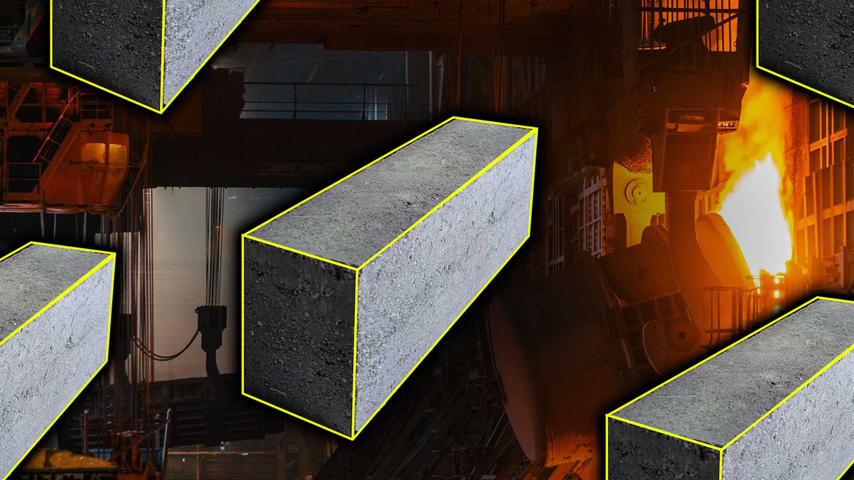6 Ways to Improve Time to Market
6 Ways to Improve Time to Market


To shorten time to market, manufacturers get rid of surplus design features, use off-the-shelf parts and high-speed vision systems, design for manufacturing, adjust their supply chains, and automate.
This is especially true when competitors have already invested in technology to speed up their production during the pandemic.
For products subject to regulatory approval such as medical devices, speed is also essential for getting through the approval process. Advantages for those companies that get to market first include improved market share, revenue, sales growth, customer satisfaction, and brand awareness.
Below are six ways manufacturers can shorten their TTM:
1. Features vs. functionality
As products get smaller and more complex, it takes more time to manufacture them, which delays TTM. Manufacturers also need to invest in advanced equipment and materials to do so, which can extend production processes.
Become a Member: How to Join ASME
Depending on how important it is to get to market, some nonessential features can be removed from the design to reduce cycle time. Keeping an eye on market fluctuations and being aware of consumer trends, as well as the key features that competitors are offering, will help decide what tradeoffs are necessary to maximize TTM.
2. Go off-the-shelf
When possible, use off-the-shelf materials and products. These have a better chance of being in stock and coming in standard sizes. Such materials have been tested many times and have proven histories. Because they are popular, more suppliers will carry them—this is important in case a preferred supplier goes out of business.
Off-the-shelf components and materials can also be used to make parts for the manufacturing equipment. Standard parts are easier to use (faster) compared to making custom-designed parts, which adds time to the overall production process.
3. Design for manufacturing (DFM)
DFM is an advanced, in-depth design approach that troubleshoots all aspects of a product’s design, materials used, and their chemical and physical characteristics. The process relies on computer modeling and simulation (including finite element analysis) to determine potential points of failure, which the designer is able to redesign to create a product that can be manufactured efficiently, with fewer steps.
More for You: Virtual Prototypes Are Getting So Good They Can Eliminate Physical Ones
DFM is also the perfect opportunity to bring in experienced supply chain partners and contract manufacturers to weigh in on the design and offer their expert insights and advice. Virtual prototyping is also part of DFM; in some cases a virtual prototype is accurate enough that it can actually be taken to production, without the need for a physical prototype, greatly speeding up TTM.
4. High-speed vision systems
High-speed machine vision systems quantify dimensions and tolerances, as well as identify any defects or flaws. These systems can be inline or offline and utilize multiple cameras, video, and lighting to measure parts and validate components quickly. Faster inspection leads to faster throughput and faster delivery. Taking and processing photos of products for quality inspections can take less than 20 milliseconds. CT scanning also provides high accuracy and repeatability at the sub-micron level and can identify internal flaws that do not appear on the surface.
5. Supply chain partners
The COVID-19 pandemic proved that supply chains need to be agile and innovative. Long lead times greatly delay TTM. Manufacturers are moving quickly to shorten and speed up their supply chains. Reshoring from China to near-shore or domestic suppliers is on the rise and can drastically reduce shipping times for parts and materials. Internet of Things (IoT) technologies can track shipments in real time and identify and mitigate bottlenecks.
For critical materials, it is imperative to stock extra inventory when possible and find back-up suppliers that can serve as redundant suppliers should the primary supplier fail. Also, finding alternative materials that are just as effective as the material of choice is also a good strategy for maintaining steady production in the event of shortages.
6. Automation
Automating as many production processes as possible to optimize efficiency, productivity, and quality is the best way to shorten TTM. Automation reduces or eliminates the mistakes that lead to rework, which slows down production. Embedded sensors in equipment can provide real-time data analytics for machine performance and scheduling predictive maintenance. Tools such as continuous integration and deployment make it easy to push code changes to production.
Ultimately, a totally automated “smart” system can run “lights out” 24/7 without a human operator present—the ultimate set-up for getting products to market in the fastest possible time.
Speed is important
Technology is the great equalizer for small manufacturers competing against larger companies that have more resources. When deployed and used effectively, Industry 4.0/IoT technologies are the best way to get products to market quickly, leading to better sales, greater market share, improved customer satisfaction, and widespread brand recognition.
Mark Crawford is technology writer in Corrales, N.M.



